Home>Garden Essentials>When To Plant Black Oil Sunflower Seeds


Garden Essentials
When To Plant Black Oil Sunflower Seeds
Modified: May 6, 2024
Discover when is the best time to plant black oil sunflower seeds in your garden and ensure a vibrant, blooming garden throughout the season.
(Many of the links in this article redirect to a specific reviewed product. Your purchase of these products through affiliate links helps to generate commission for Storables.com, at no extra cost. Learn more)
Introduction
Welcome to the world of gardening! If you’re looking to add a touch of natural beauty to your outdoor space, planting black oil sunflower seeds can be a wonderful choice. Black oil sunflowers are not only visually stunning with their striking yellow petals and dark centers, but they also offer numerous benefits to your garden ecosystem.
In this article, we will explore the ins and outs of planting black oil sunflower seeds, from understanding the seeds themselves to determining the best time for planting and providing proper care throughout the growing season. So, let’s dive in and discover everything you need to know to successfully cultivate these sun-loving beauties.
Key Takeaways:
- Plant black oil sunflower seeds after the last frost for optimal growth. Consider starting seeds indoors for a longer growing season. Stagger plantings for continuous blooms throughout the season.
- Provide full sun, well-draining soil, and proper spacing for healthy black oil sunflowers. Water deeply, avoid over-watering, and fertilize sparingly for vibrant blooms. Keep an eye out for pests and diseases to ensure successful growth.
Read more: How To Grow Black Oil Sunflower Seeds
Understanding Black Oil Sunflower Seeds
Before delving into the planting process, it’s important to understand what exactly black oil sunflower seeds are and why they are a popular choice for gardeners. Black oil sunflowers (Helianthus annuus) are a type of sunflower known for their high oil content and nutritious seeds.
Black oil sunflower seeds have a distinct black outer shell and are smaller than traditional striped sunflower seeds. They are packed with essential nutrients, including protein, healthy fats, fiber, vitamins, and minerals, making them popular not only in bird feeders but also in human consumption.
When selecting black oil sunflower seeds for planting, be sure to choose high-quality seeds from a reputable source. Look for seeds that are plump, with no signs of damage or mold. Additionally, consider purchasing organic seeds to ensure they are free from pesticides or other chemicals.
Black oil sunflower seeds are not only beneficial for your garden ecosystem, but they also attract a wide variety of pollinators, including bees and butterflies. Their vibrant yellow flowers provide nectar and pollen, making them a valuable addition to any garden that aims to foster a healthy and vibrant ecosystem.
Now that we have a better understanding of black oil sunflower seeds, let’s move on to the crucial factors you need to consider before planting them in your garden.
Factors to Consider Before Planting
Before getting your hands dirty and sowing the black oil sunflower seeds, there are a few important factors that you need to consider to ensure successful growth and a thriving garden:
- Sunlight: Black oil sunflowers thrive in full sun, meaning they require at least six hours of direct sunlight each day. Ensure that the location you choose for planting offers ample sunlight throughout the day.
- Space: Black oil sunflowers are known to grow tall and wide, so ensure you have enough space in your garden to accommodate their size. Avoid planting them too close to other plants or structures that may obstruct their growth.
- Soil pH and Drainage: Black oil sunflowers prefer well-draining soil with a pH range of 6.0 to 7.5. Conduct a soil test to determine the pH level and make any necessary adjustments to create an optimal growing environment.
- Soil Fertility: Ensure that the soil is rich in organic matter and nutrients. Consider amending the soil with compost or well-rotted manure prior to planting to provide the sunflowers with the necessary nutrients for healthy growth.
- Climate: Black oil sunflowers are typically grown as annuals, but they thrive best in areas with a long growing season and moderate temperatures. They are more tolerant of heat than cold, so ensure the climate in your region is suitable for growing sunflowers.
- Pest and Disease Resistance: Look for black oil sunflower varieties that are resistant to common pests and diseases in your area. This can significantly reduce the risk of unwanted damage to your plants and make the growing process easier.
By taking these factors into consideration, you can create an ideal growing environment for your black oil sunflowers, giving them the best chance for healthy growth and abundant blooms.
Best Time to Plant Black Oil Sunflower Seeds
Timing is crucial when it comes to planting black oil sunflower seeds. It’s essential to choose the right time to ensure optimal growth and a successful harvest. The best time to plant black oil sunflower seeds depends on your climate and the length of your growing season.
In general, black oil sunflowers can be planted after the danger of frost has passed and the soil has warmed up. The ideal soil temperature for planting black oil sunflower seeds is around 50 to 55 degrees Fahrenheit (10 to 13 degrees Celsius).
For regions with a short growing season, it’s best to start the seeds indoors about 4 to 6 weeks before the last expected frost date. This gives the young seedlings a head start and allows for a longer growing period. Transplant the seedlings outdoors once the soil has sufficiently warmed up and all frost risks have passed.
In areas with a longer growing season, black oil sunflower seeds can be directly sown in the garden after the soil has warmed up in spring. Ensure that the soil temperature is suitable for germination and growth, as cold soil can delay or hinder seed germination.
If you’re looking to have continuous blooms and a prolonged sunflower season, consider staggering your plantings. This means sowing seeds at different intervals, such as every two weeks, to ensure a continuous supply of flowers throughout the growing season.
By timing your black oil sunflower seed planting appropriately, you can maximize their growth potential and enjoy a season filled with vibrant sunflowers.
Location Selection and Soil Preparation
Selecting the right location for planting black oil sunflowers and preparing the soil properly are essential steps to ensure healthy growth and abundant blooms. Here’s what you need to consider:
Location: Choose a location that provides full sun exposure for at least six hours a day. Sunflowers are sun-loving plants and thrive in direct sunlight. Avoid planting them in shaded areas or near tall structures that may cast shadows on your sunflowers.
Soil Type: Black oil sunflowers are adaptable to a wide range of soil types, but they prefer well-draining soil. Ensure that the soil has good drainage to prevent waterlogging, which can lead to root rot. If your soil is heavy or compacted, consider adding organic matter, such as compost or well-rotted manure, to improve its structure and drainage.
Soil pH and Nutrients: Conduct a soil test to determine the pH level of your soil. Black oil sunflowers prefer a pH range of 6.0 to 7.5. If your soil’s pH is outside this range, you may need to make adjustments by adding lime to raise the pH or sulfur to lower it. Additionally, enrich the soil with organic matter and balanced fertilizer to provide essential nutrients for the sunflowers’ growth.
Soil Preparation: Before planting, prepare the soil by removing any weeds or debris. Loosen the soil to a depth of 6 to 8 inches (15 to 20 cm) using a garden fork or tiller. This will help improve aeration and allow the sunflower roots to penetrate deeply. Remove any large rocks or clumps of soil to create a smooth surface for planting.
Spacing: Black oil sunflowers require ample space to grow and spread their roots. Space the plants at least 12 to 18 inches (30 to 45 cm) apart to allow for proper air circulation and prevent competition for nutrients. If you’re planting multiple rows, leave a distance of around 2 to 3 feet (60 to 90 cm) between the rows.
By carefully selecting the location for your black oil sunflowers and properly preparing the soil, you provide them with the best foundation for healthy growth and bountiful blooms.
Plant black oil sunflower seeds in late spring or early summer, once the soil has warmed to at least 50°F. This will give the seeds the best chance for germination and healthy growth.
Read more: When To Plant Sunflower Seeds In Ohio
Planting Techniques
Now that you have selected the perfect location and prepared the soil, it’s time to plant your black oil sunflower seeds. Follow these planting techniques to give your seeds the best start:
Direct Sowing: Black oil sunflower seeds can be directly sown into the garden once the soil has warmed up. Make sure the soil temperature is around 50 to 55 degrees Fahrenheit (10 to 13 degrees Celsius) for optimal germination. Create small holes in the soil, approximately 1 to 2 inches (2.5 to 5 cm) deep, spaced according to the recommended planting distance. Drop a few seeds into each hole and cover them with soil, gently pressing it down to ensure good seed-to-soil contact.
Indoor Seed Starting: If you have a short growing season or want to get a head start, you can start the black oil sunflower seeds indoors. Fill seed trays or pots with a well-draining seed-starting mix and plant the seeds at a depth of approximately ½ to 1 inch (1.25 to 2.5 cm). Keep the soil consistently moist and provide sufficient light, either by placing the containers near a sunny window or by using artificial grow lights. Once the seedlings have developed a few sets of true leaves and the weather has warmed up, transplant them into the garden.
Watering: After planting, water the soil gently but thoroughly to ensure that it is evenly moist. Avoid over-watering, as excessively wet soil can lead to rotting of the seeds or roots. Once the plants have established, water deeply but infrequently, allowing the top inch of soil to dry out between waterings. Aim for around 1 inch (2.5 cm) of water per week, either through rain or irrigation.
Mulching: Applying a layer of organic mulch, such as straw or wood chips, around the base of the sunflowers can help conserve moisture, suppress weed growth, and regulate soil temperature. Spread a layer of mulch around 2 to 3 inches (5 to 7.5 cm) thick, being careful to avoid covering the stem or crowding the base of the plant.
Support: Depending on the variety and height of your black oil sunflowers, some may require support to prevent them from toppling over in strong winds. Consider installing stakes or using garden twine to gently tie the stem to the support as the plant grows taller.
Remember to check the specific planting instructions for the black oil sunflower variety you have chosen, as planting depth and spacing may vary slightly. With proper planting techniques, you can set the stage for strong and healthy black oil sunflower plants in your garden.
Watering and Fertilizing
Proper watering and fertilizing are essential for the healthy growth and development of black oil sunflowers. Here are some guidelines to ensure your sunflowers receive the right amount of water and nutrients:
Watering:
Black oil sunflowers require regular watering, especially during hot and dry periods. Here are some watering tips to keep in mind:
- Water deeply: Provide a deep watering session once or twice a week, ensuring the soil is moistened to a depth of at least 6 inches (15 cm). This encourages the sunflower roots to grow deeply and helps the plants withstand drought conditions.
- Avoid over-watering: While it’s important to keep the soil consistently moist, be careful not to over-water, as this can lead to root rot. Allow the top inch of soil to dry out between watering sessions.
- Water at the base: Direct the water at the base of the plants, avoiding wetting the leaves to minimize the risk of disease and fungal issues.
- Consider drip irrigation or a soaker hose: These methods provide a slow, steady release of water directly to the soil, promoting efficient water absorption and reducing water wastage.
Fertilizing:
Black oil sunflowers are relatively low-maintenance and do not typically require heavy fertilization. However, providing some supplementary nutrients can promote healthier growth and more vibrant blooms. Here are a few tips for fertilizing your sunflowers:
- Soil test: Before applying any fertilizer, conduct a soil test to determine the nutrient levels in your soil. This will help you identify any deficiencies and guide you in choosing the appropriate types and amounts of fertilizer.
- Organic matter: Prior to planting, incorporate organic matter, such as compost or well-rotted manure, into the soil. This enriches the soil with essential nutrients and improves its structure.
- Balanced fertilizer: Apply a balanced, slow-release fertilizer, such as a 10-10-10 or 14-14-14 formula, at the time of planting or during the early growth stages. Follow the instructions on the fertilizer package for proper application rates.
- Side dressing: As the plants grow, you can apply a side dressing of compost or a granular organic fertilizer around the base of the plants to provide a gradual release of nutrients throughout the growing season.
- Avoid excessive nitrogen: While nitrogen is essential for leafy growth, an excess of nitrogen can result in tall, spindly plants with weak stems. It’s best to maintain a balanced nutrient profile to support overall healthy growth.
Remember to monitor your sunflowers closely and adjust your watering and fertilizing practices according to their specific needs. With proper care, your black oil sunflowers will flourish and reward you with their vibrant beauty.
Pest and Disease Management
Keeping your black oil sunflowers healthy and free from pests and diseases is crucial for their successful growth. Here are some tips to help you manage common pests and diseases that may affect your sunflowers:
Pest Management:
- Aphids: These tiny insects feed on the sap of sunflower plants and can cause wilting and distorted growth. Control aphids by spraying a strong stream of water to dislodge them, or use organic insecticidal soap or neem oil to manage infestations.
- Slugs and Snails: These mollusks can munch on young sunflower seedlings, causing significant damage. Use organic slug and snail baits or create barriers, such as copper tape or crushed eggshells, to protect your plants.
- Birds: Although birds are often attracted to sunflower seeds, they can also cause damage by pecking at the flowers and seed heads. Consider using bird netting or scare tactics, such as reflective materials or hanging shiny objects, to deter them from your sunflowers.
- Other Insects: Monitor your sunflower plants for other common garden pests like caterpillars, beetles, and mites. Use organic pest control methods such as handpicking or introducing beneficial insects like ladybugs or lacewings to keep pest populations in check.
Disease Management:
- Powdery Mildew: Powdery mildew is a common fungal disease that appears as a white, powdery coating on leaves, stems, and flowers. Provide proper air circulation and avoid overhead watering to help prevent this disease. If powdery mildew occurs, treat your plants with a fungicidal spray specifically labeled for powdery mildew control.
- Downy Mildew: Downy mildew causes yellowing and wilting of leaves, along with grayish-purple fuzzy growth on the undersides of the affected leaves. Prevent downy mildew by providing good air circulation and avoiding overwatering. If necessary, treat with a fungicide labeled for downy mildew control.
- Botrytis Blight: Also known as gray mold, botrytis blight causes dark spots, gray fuzzy growth, and rotting of flowers and leaves. Remove and destroy infected plant material and ensure proper air circulation and drainage to minimize the risk of this disease.
Regular monitoring and early detection are key to effectively managing pests and diseases in your black oil sunflowers. Take swift action as soon as you notice any signs of infestation or disease to prevent further damage.
Harvesting and Seed Storage
When it comes to harvesting black oil sunflower seeds, timing is critical to ensure that the seeds are fully mature and ready for storage. Follow these steps to harvest and store your sunflower seeds:
Harvesting:
- Check seed maturity: Monitor the sunflower seed heads as they approach maturity. The back of the flower head will turn from green to yellow or brown, and the flower petals will begin to dry up and fall off.
- Protect the seeds: To protect the seeds from birds and animals, cover the flower heads with mesh bags or pantyhose. This will prevent them from being stolen before you can harvest them.
- Harvesting the seeds: Once the flower heads are dry and the seeds are mature, it’s time to harvest. Cut the heads from the stalk, leaving a few inches of stem attached. Place the harvested seed heads in a well-ventilated area to further dry out.
Seed Storage:
- Drying the seeds: After harvesting, you need to dry the sunflower seeds thoroughly before storing them. Spread the seed heads in a single layer on a clean and dry surface, away from direct sunlight. Allow them to air dry for a few weeks until the seeds are completely dry and no longer have any moisture inside.
- Removing the seeds: Once the seeds are dry, it’s time to remove them from the seed heads. Rub the heads between your hands or use a clean cloth to loosen the seeds. Alternatively, you can use a paper bag or a large container to collect the seeds while gently shaking the heads.
- Cleaning the seeds: To remove any remaining debris or plant material, you can winnow the seeds by gently blowing on them or using a fan to separate the lighter chaff from the heavier seeds. You can also use a sieve or a fine-mesh colander to help with the cleaning process.
- Storing the seeds: Place the cleaned and fully dried black oil sunflower seeds in airtight containers, such as glass jars or plastic bags. Store the containers in a cool, dry, and dark location to maintain the seeds’ quality and viability.
- Label and date the containers: It’s important to label the containers with the date and variety of the seeds. This will help you keep track of their freshness and enable you to select the oldest seeds for planting first.
Properly harvested and stored black oil sunflower seeds can remain viable for up to a year or more. However, for optimal germination rates, it’s best to use the seeds within the first year.
By following these steps, you can enjoy the fruits of your labor and store your black oil sunflower seeds for future planting or for use in bird feeders and culinary applications.
Read more: When Is Best Time To Plant Sunflower Seeds
Conclusion
Congratulations on learning all about planting black oil sunflower seeds! By understanding the characteristics of these stunning flowers and following the best practices for planting, location selection, soil preparation, watering, fertilizing, pest and disease management, and seed harvesting and storage, you are well-equipped to create a thriving garden full of vibrant sunflowers.
Black oil sunflowers not only add beauty to your landscape, but they also attract pollinators, provide nutritious seeds for birds and other wildlife, and offer a rewarding gardening experience. Whether you grow them for their aesthetic appeal, their ecological benefits, or both, planting black oil sunflowers can bring joy and beauty to any outdoor space.
Remember to carefully consider factors like sunlight, space, soil pH, climate, pest management, and disease prevention before embarking on your planting journey. Be sure to provide the optimal growing conditions for your sunflowers, including well-drained soil, ample sunlight, and proper watering and fertilization. Monitor your plants for pests and diseases, and take prompt action if any issues arise.
Once your black oil sunflowers have matured, harvest the seeds at the right time and store them properly to ensure their viability and freshness. With a little care and attention, you can create a bountiful supply of seeds for future plantings or for other uses like bird feeding or cooking.
In conclusion, growing black oil sunflowers is a rewarding experience that brings beauty, wildlife, and a sense of accomplishment to your garden. So go ahead and embark on this botanical journey, and enjoy the splendor of these magnificent flowers in your own piece of paradise.
Now that you've mastered planting black oil sunflower seeds, why not enhance your garden's charm with creative barriers? Dive into our guide on garden fence ideas, perfect for any enthusiast looking to blend functionality with style. These suggestions not only secure your blooms but also add a touch of elegance to your outdoor space. Start transforming your garden into a picturesque haven today!
Frequently Asked Questions about When To Plant Black Oil Sunflower Seeds
Was this page helpful?
At Storables.com, we guarantee accurate and reliable information. Our content, validated by Expert Board Contributors, is crafted following stringent Editorial Policies. We're committed to providing you with well-researched, expert-backed insights for all your informational needs.
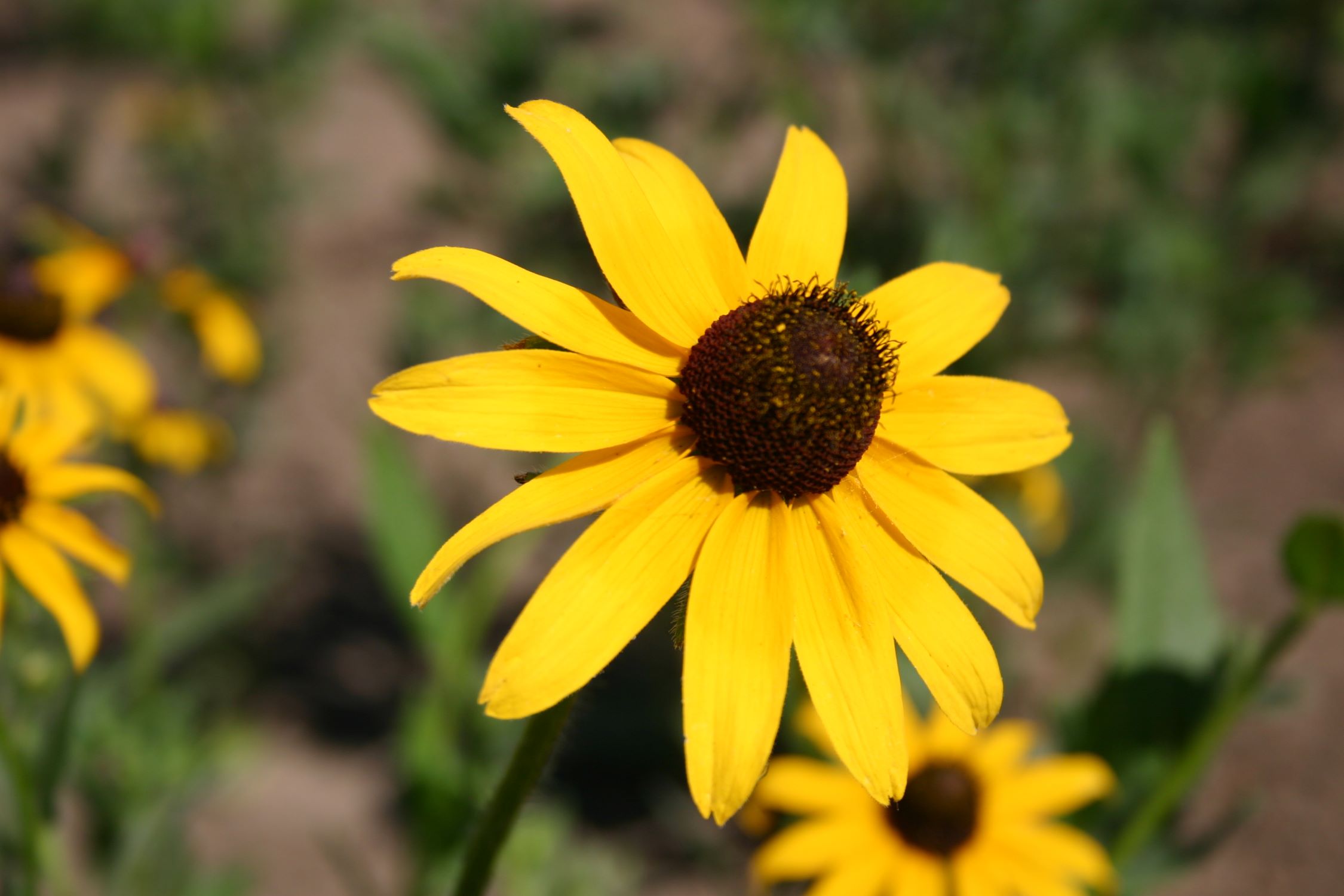
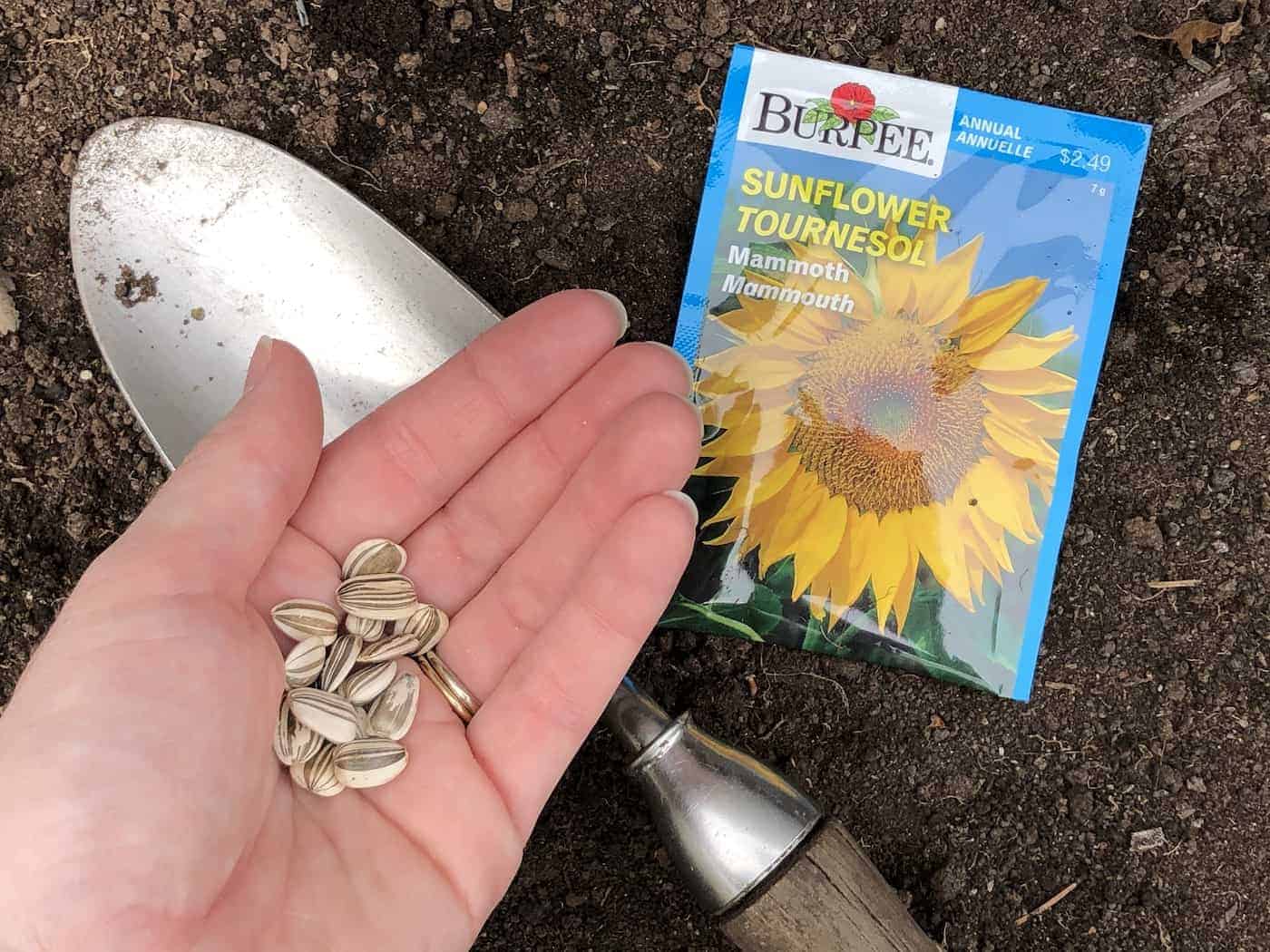
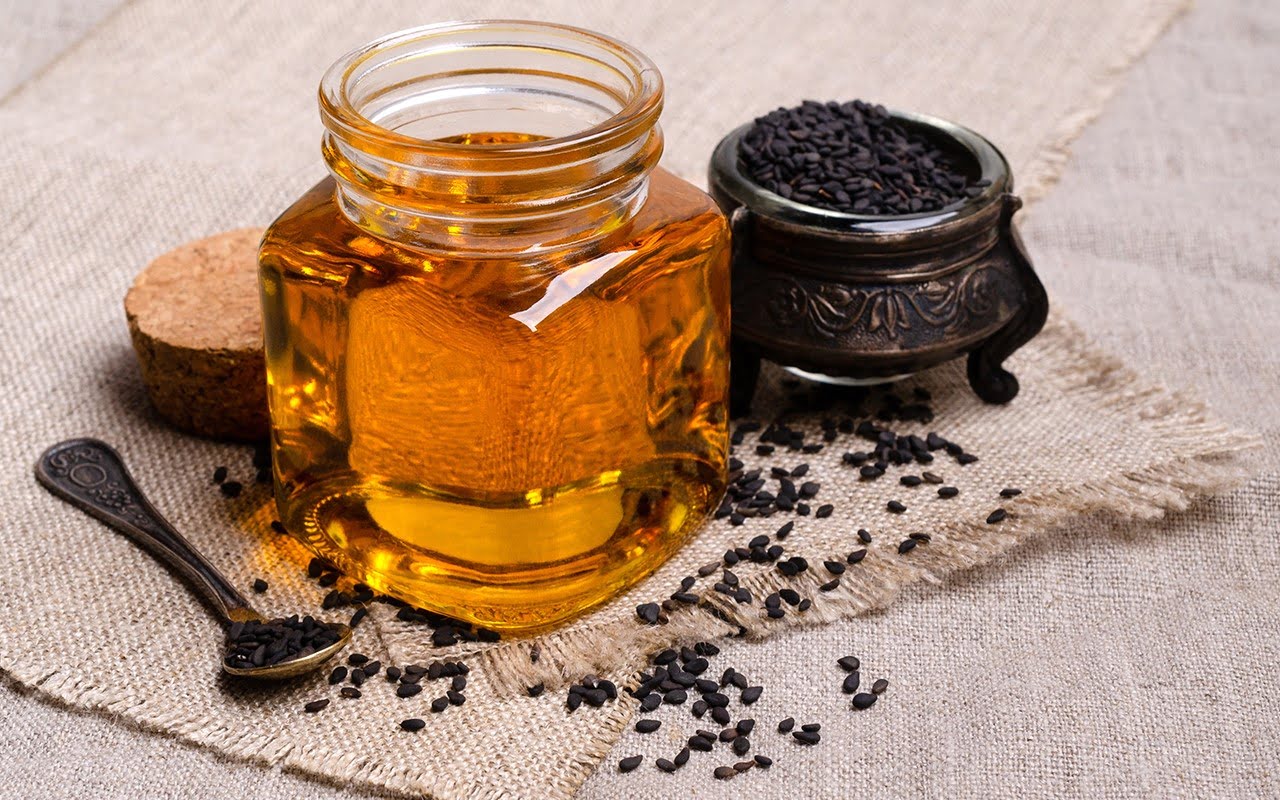
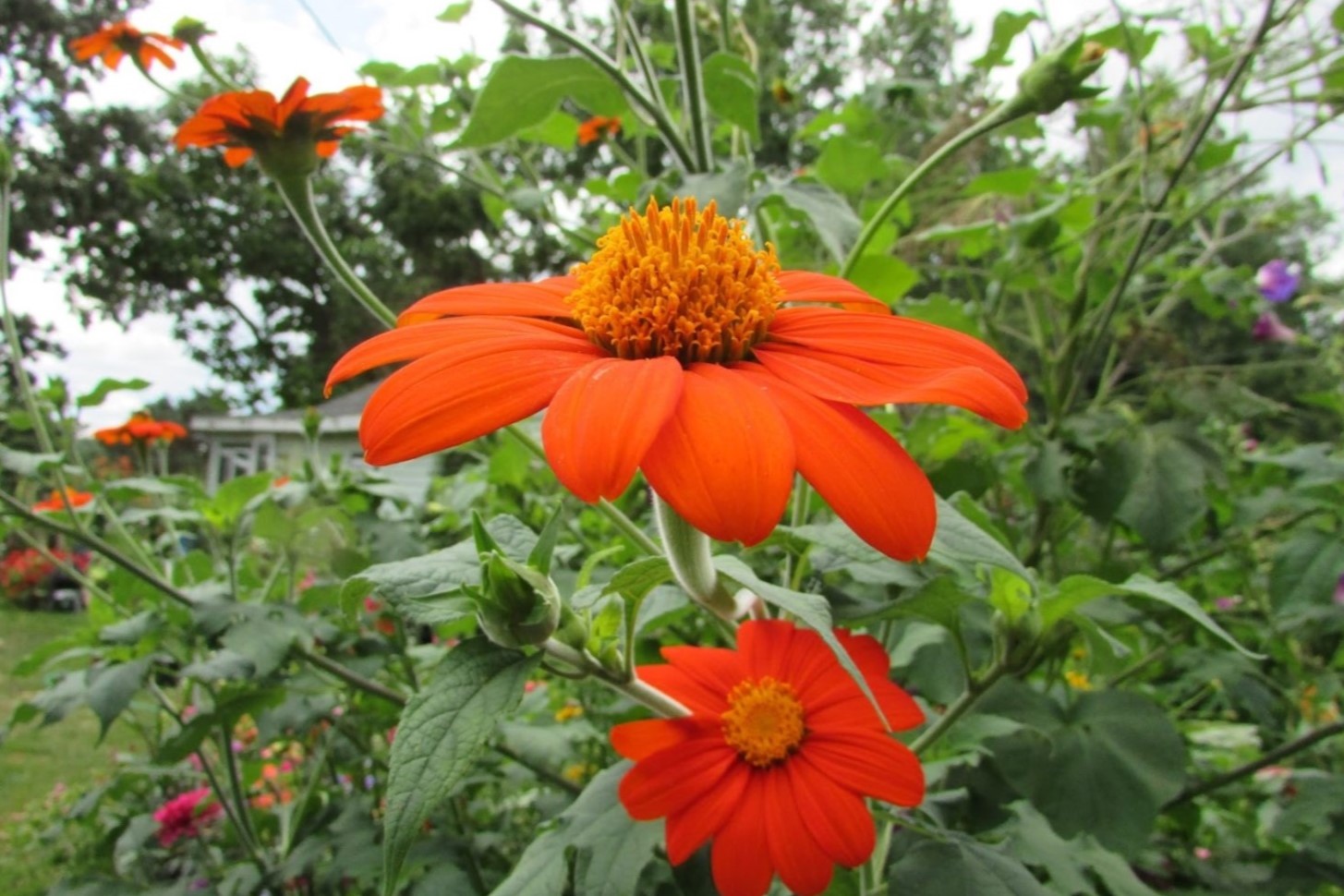
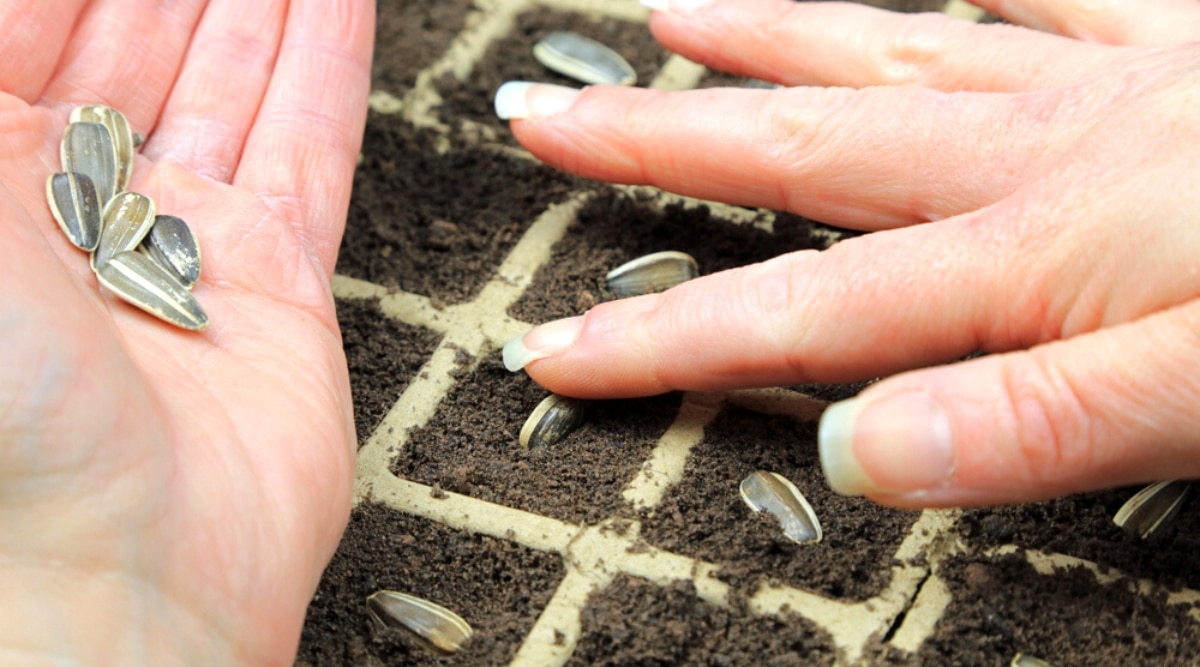
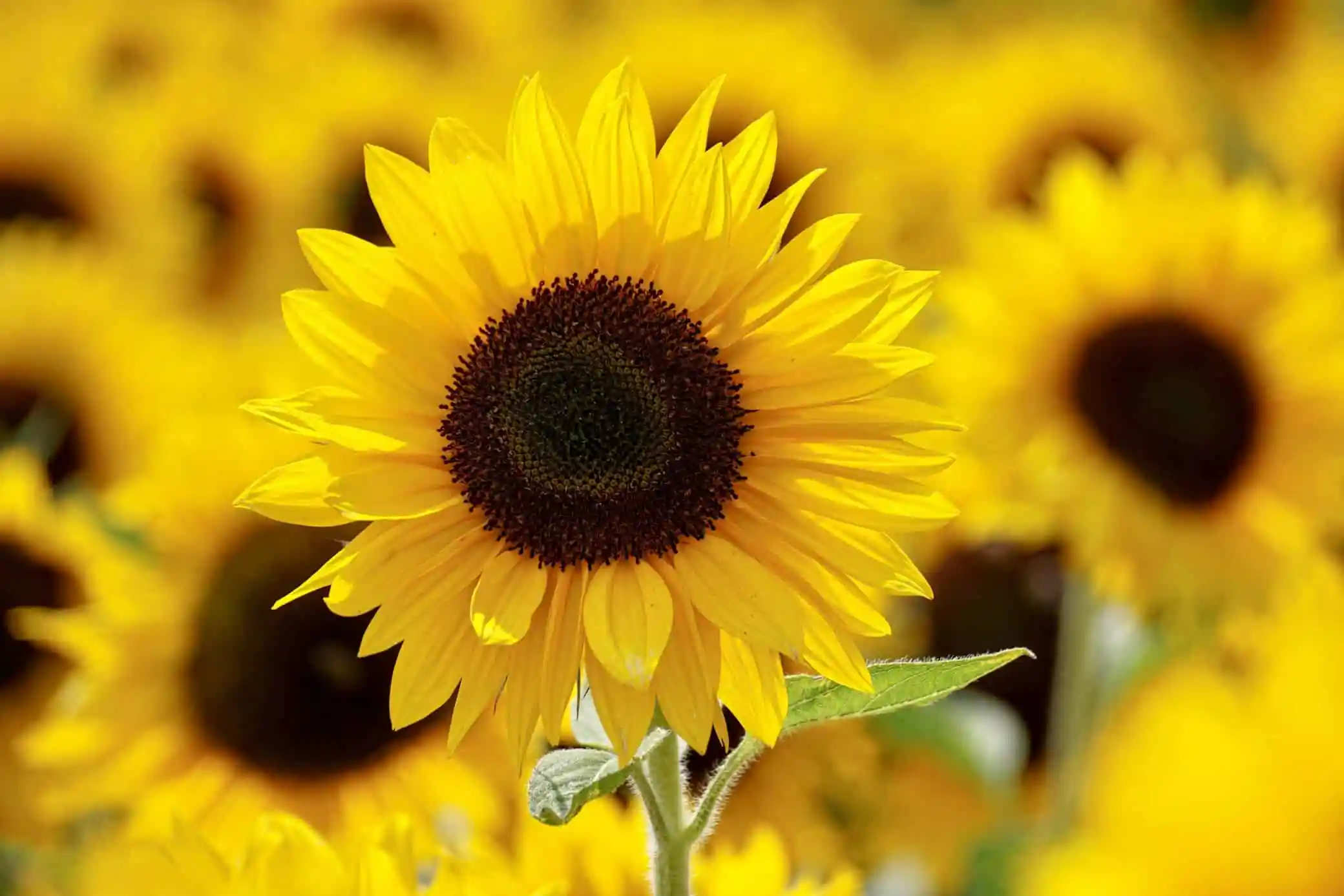
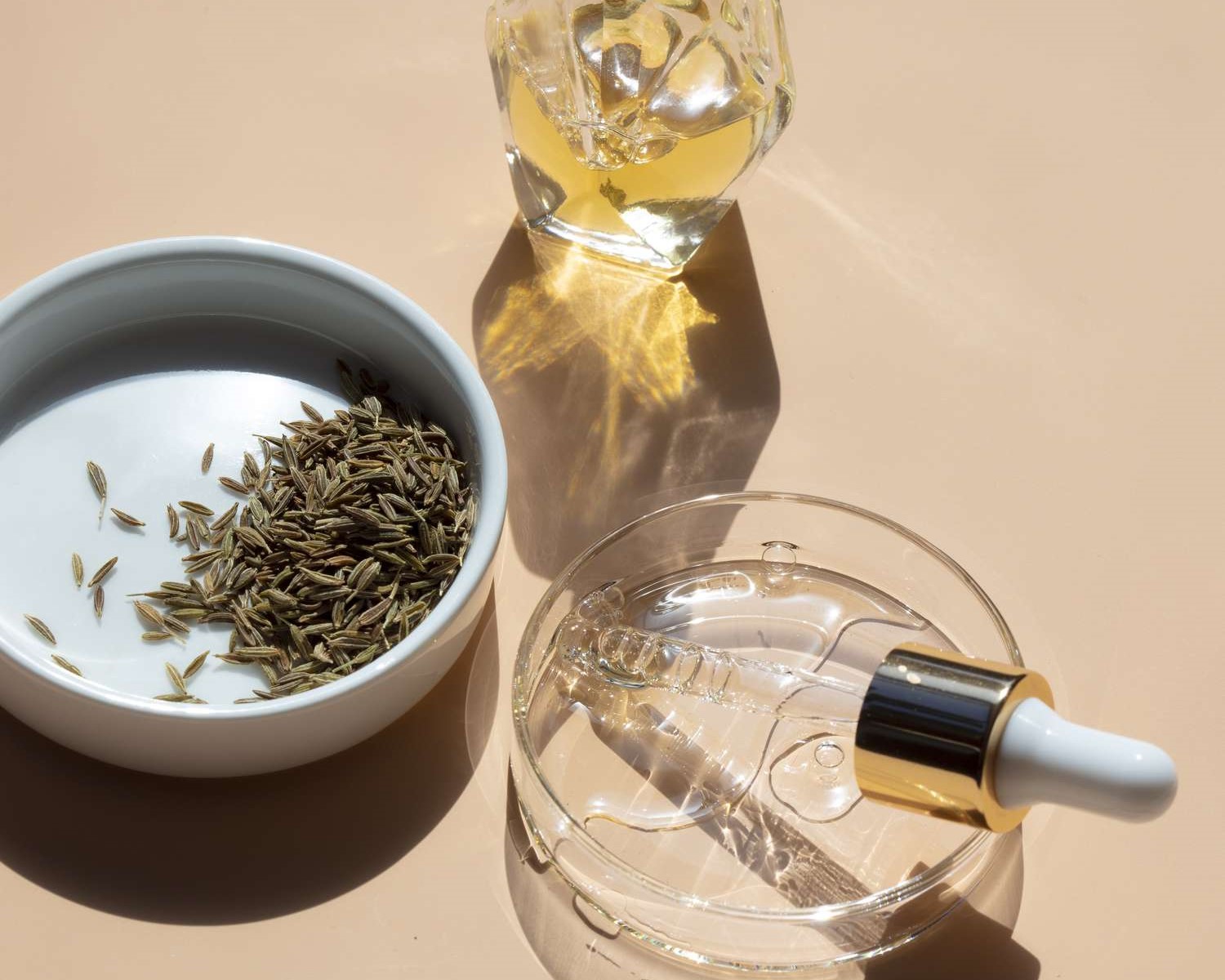
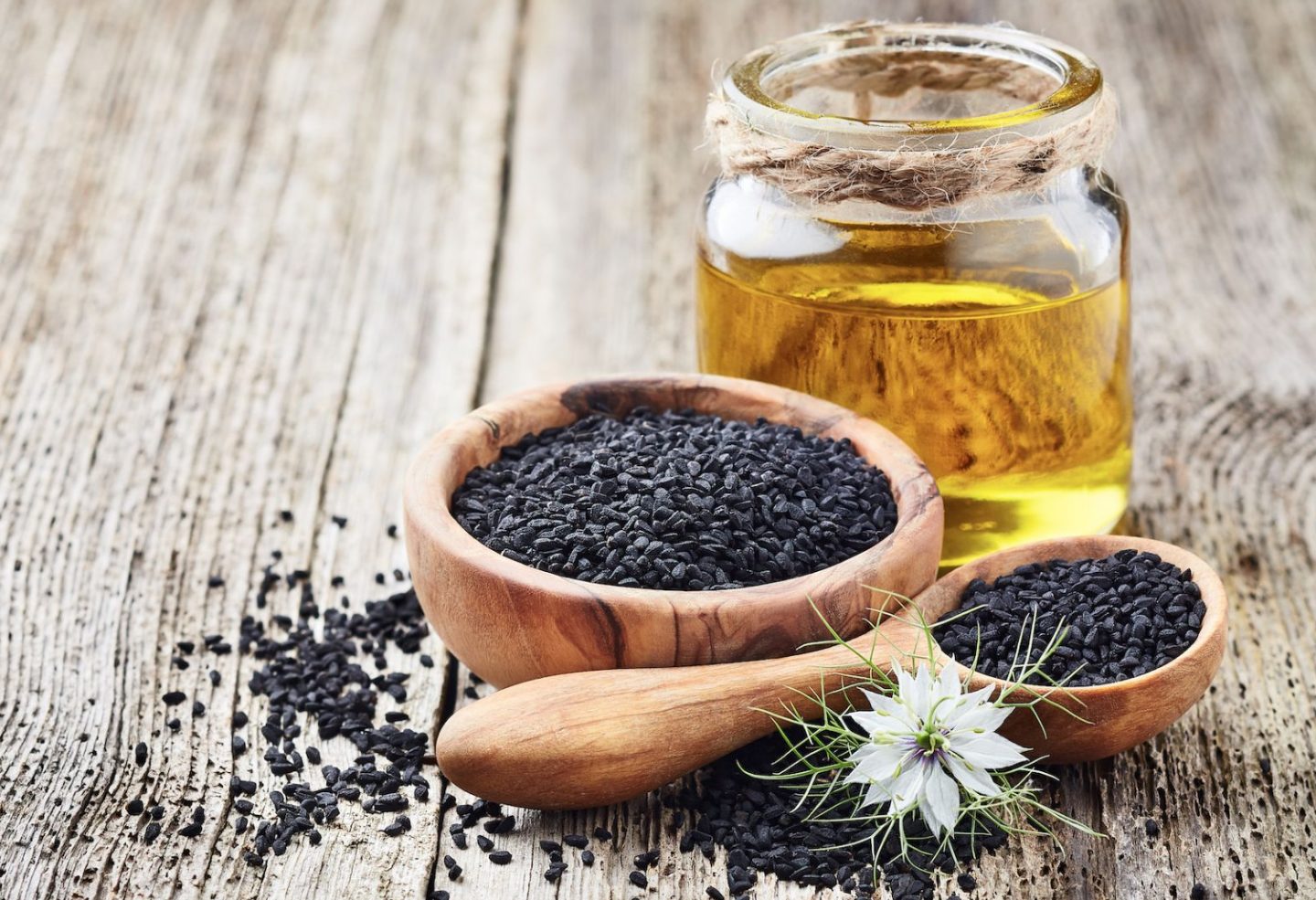
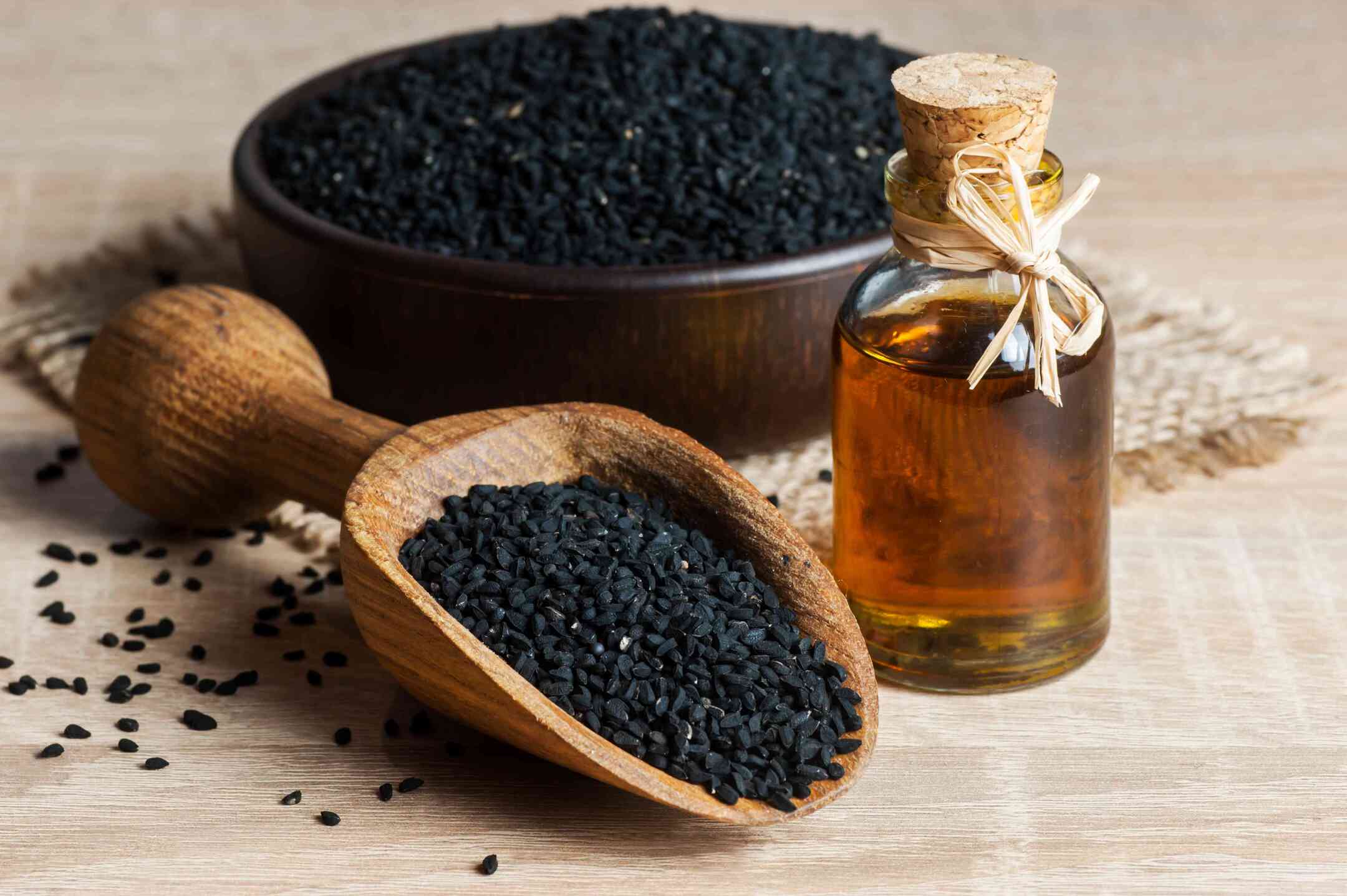
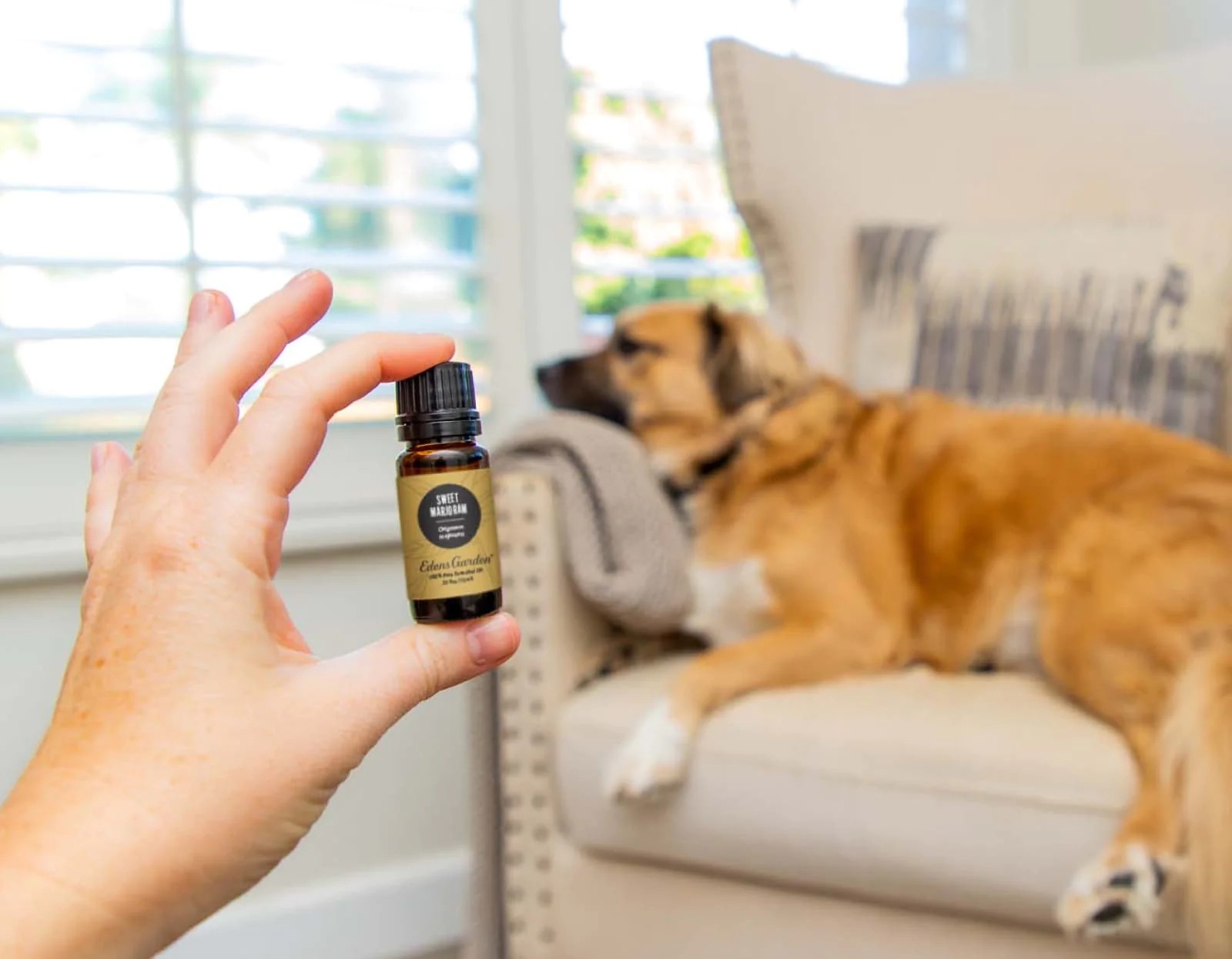
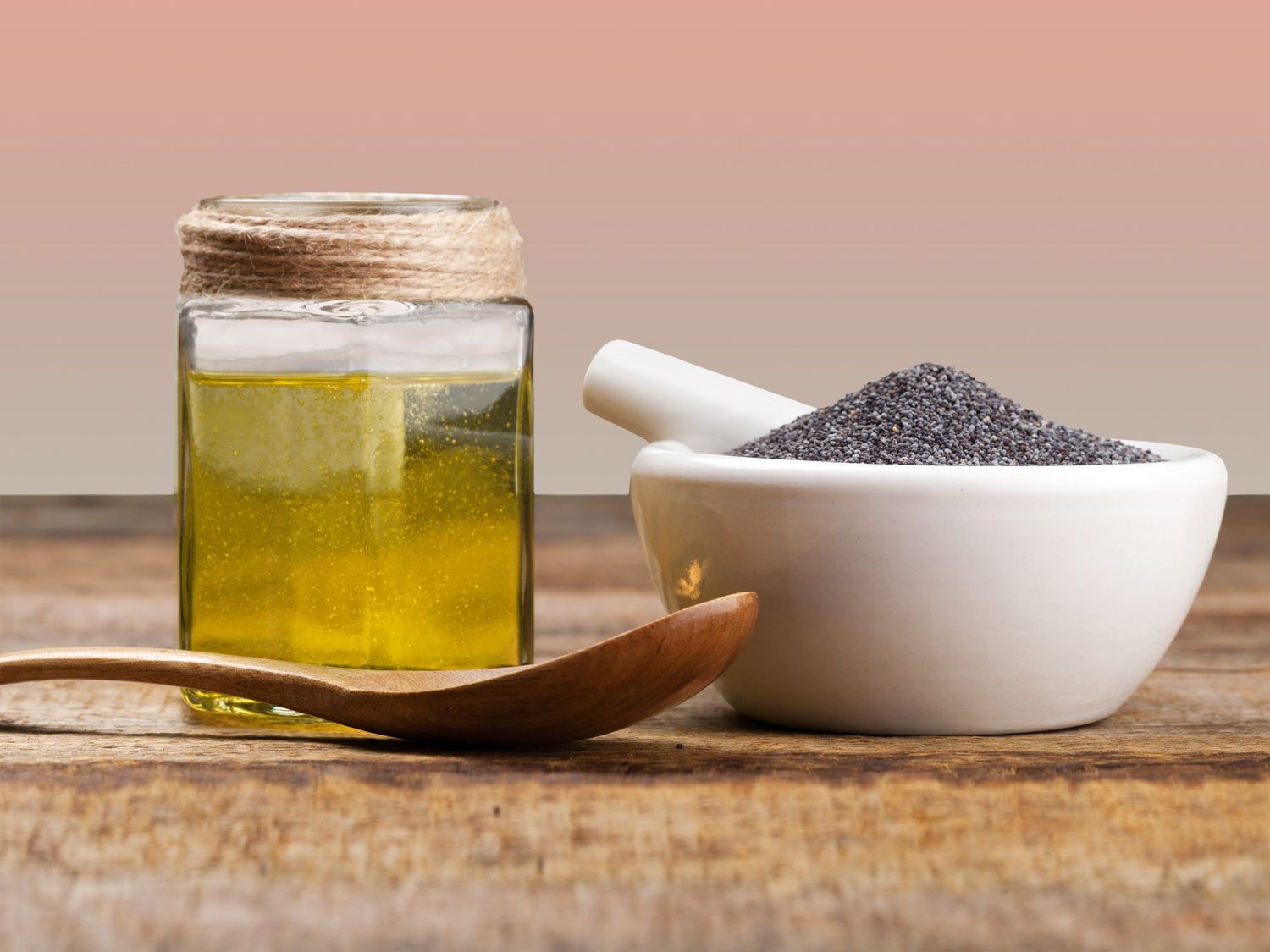
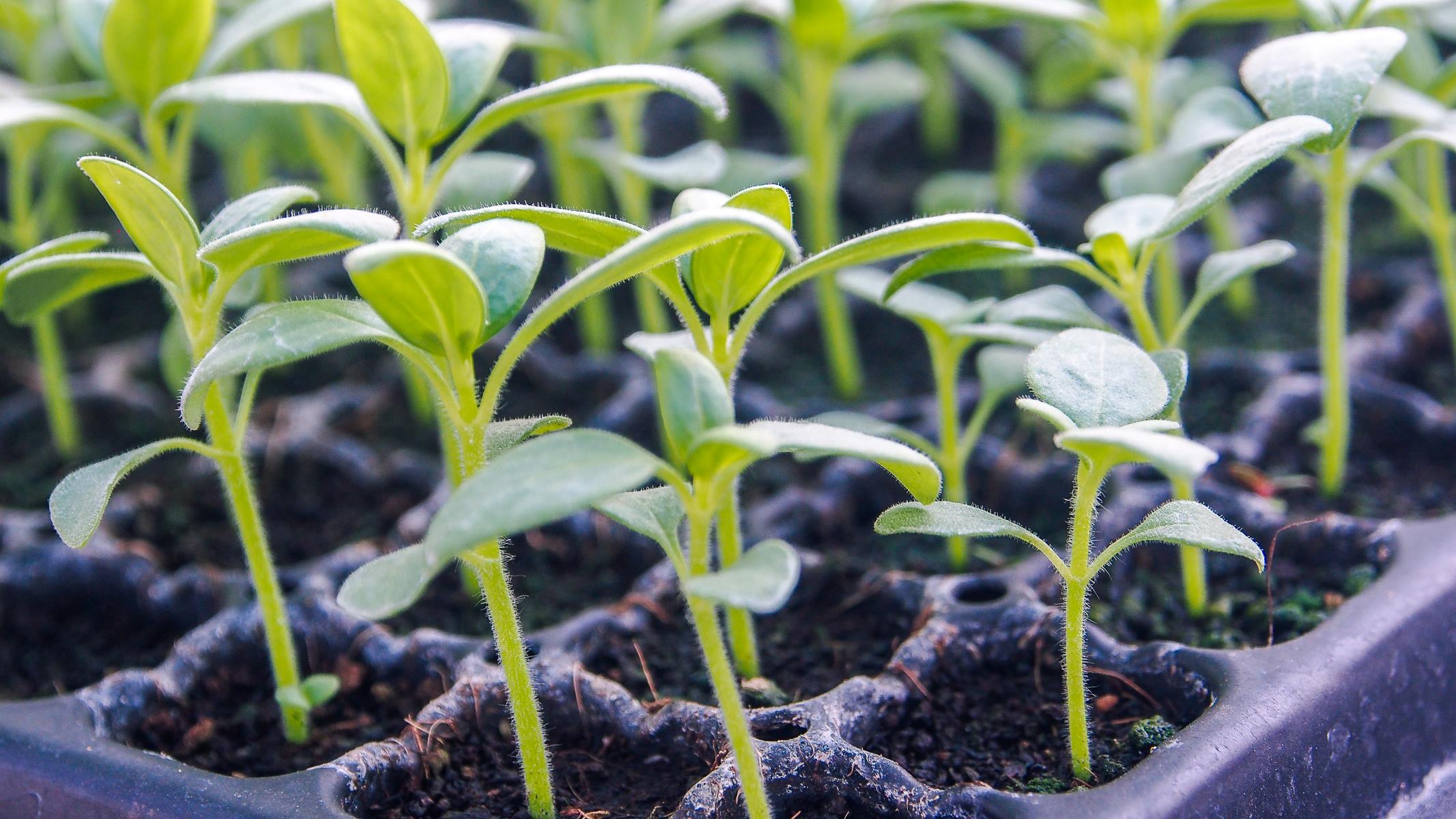
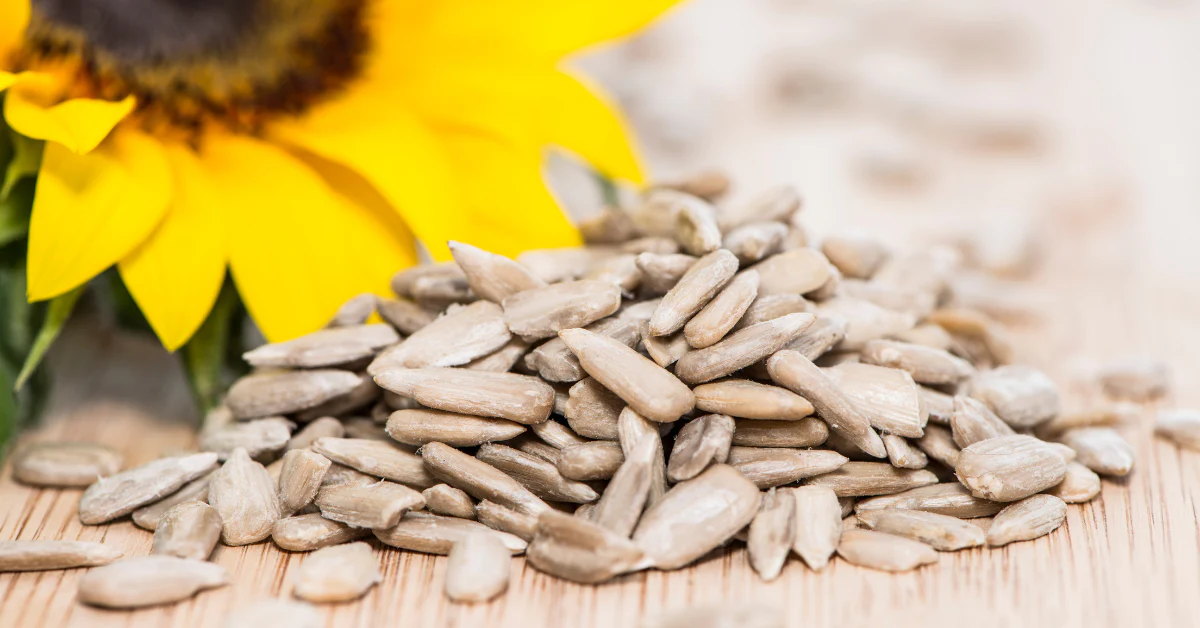

0 thoughts on “When To Plant Black Oil Sunflower Seeds”